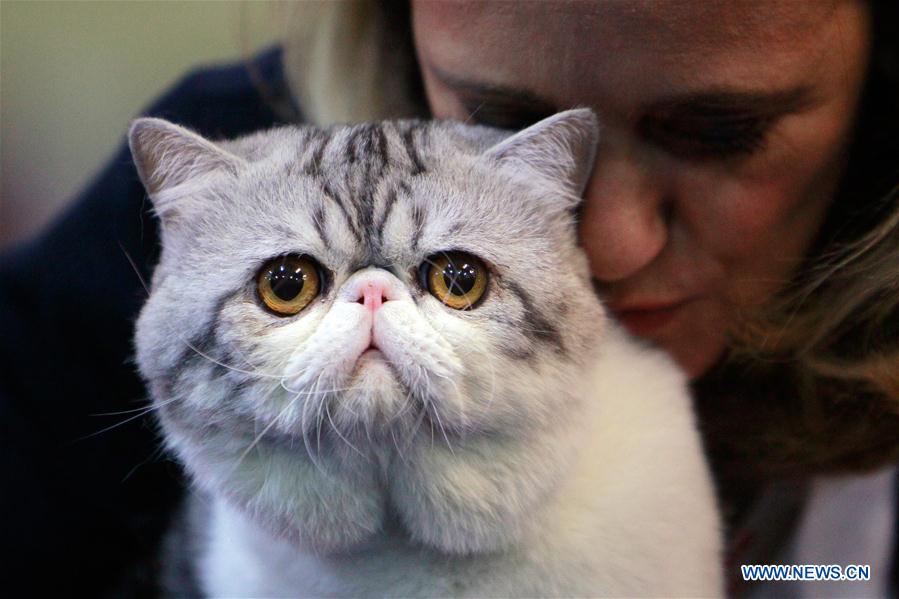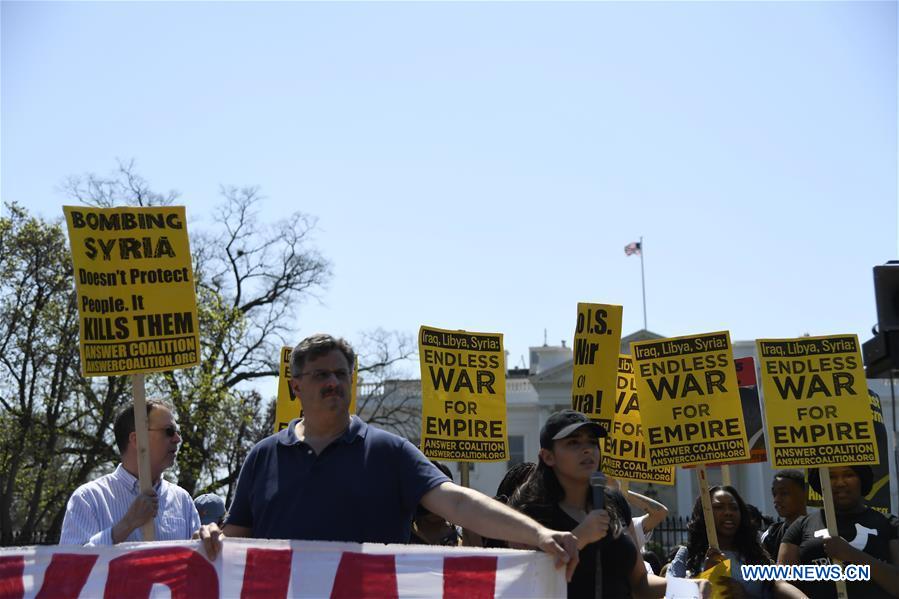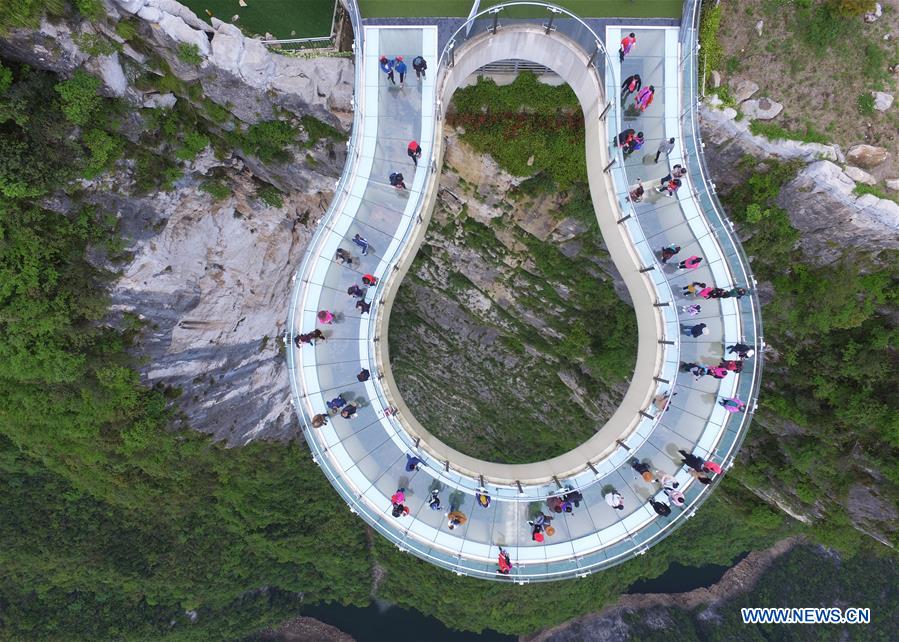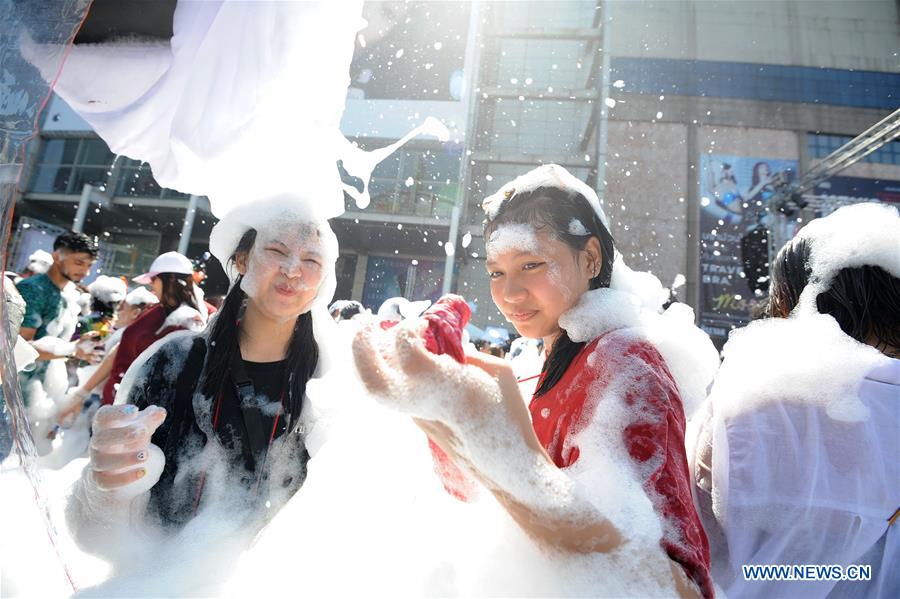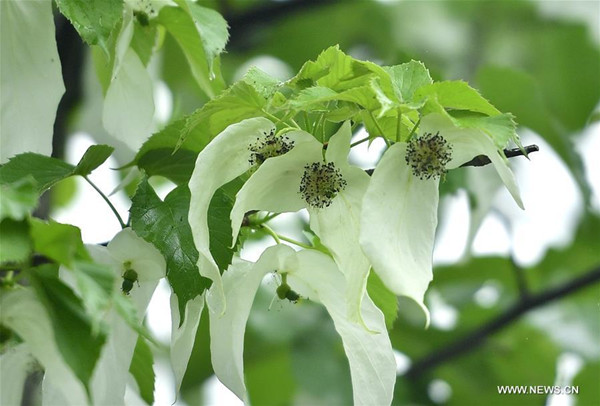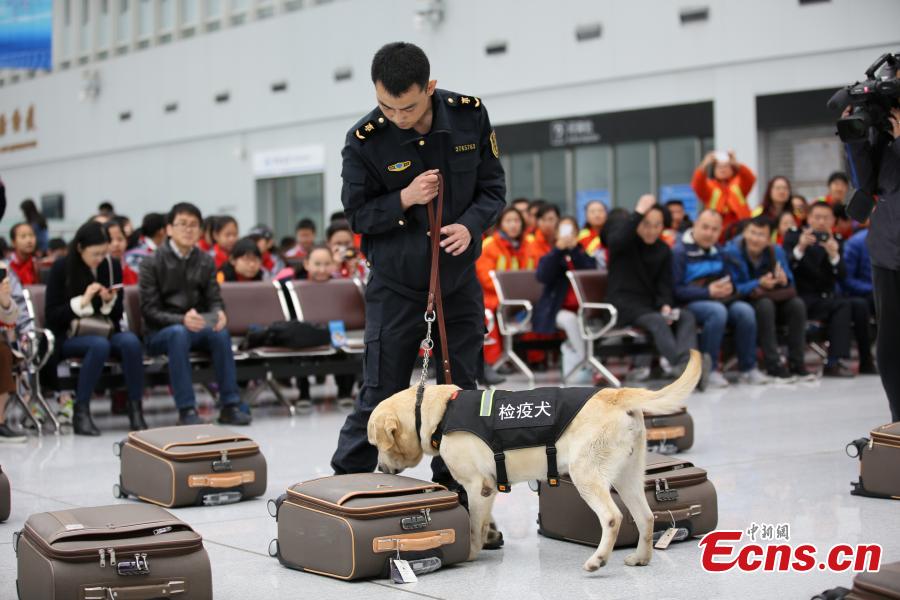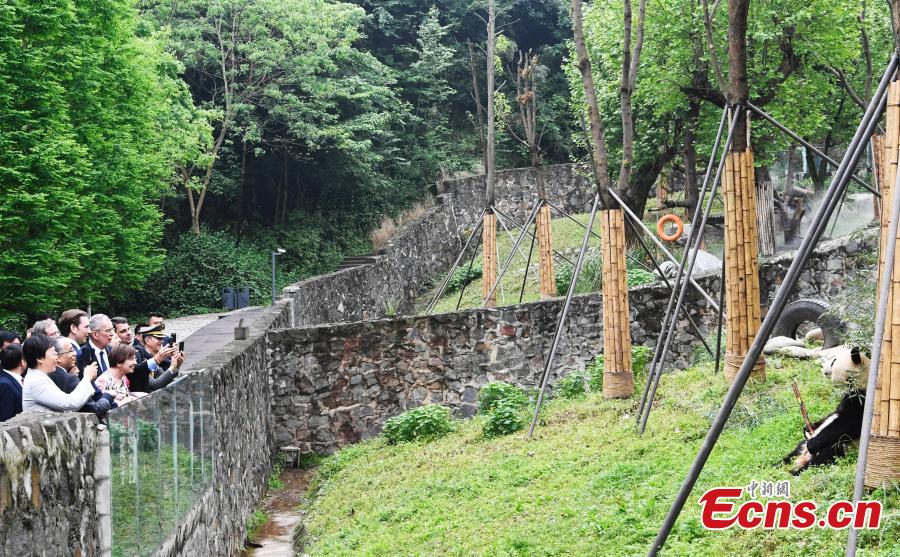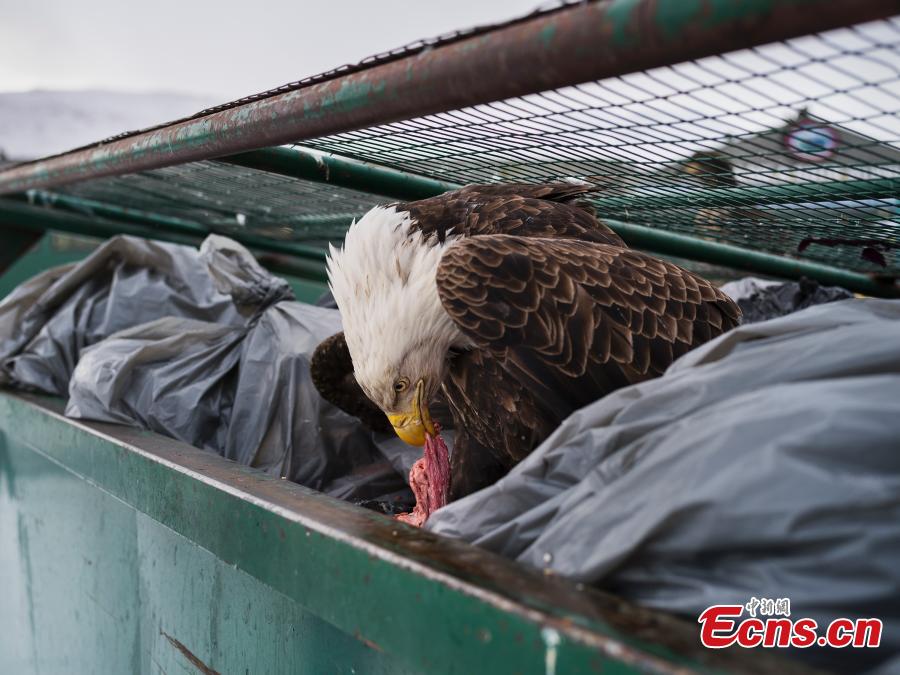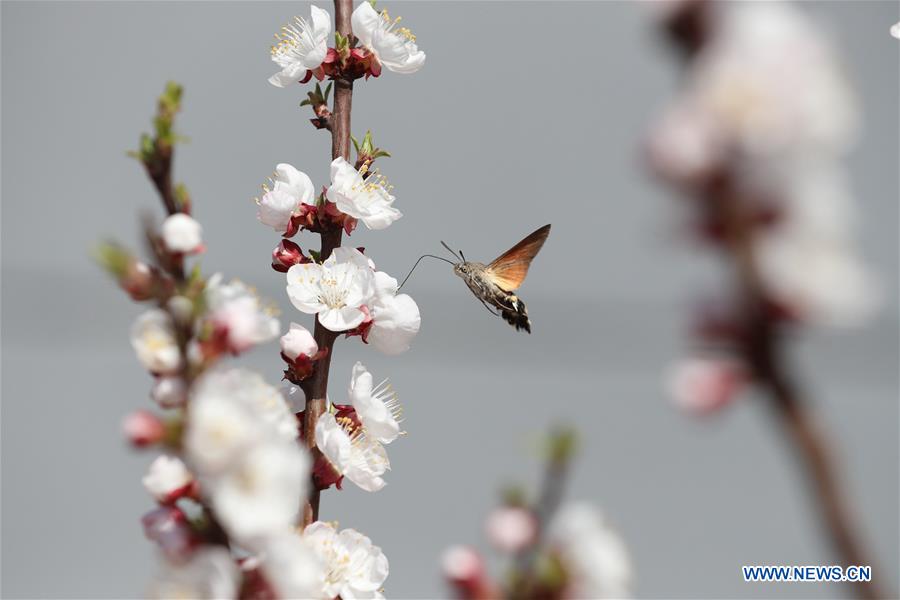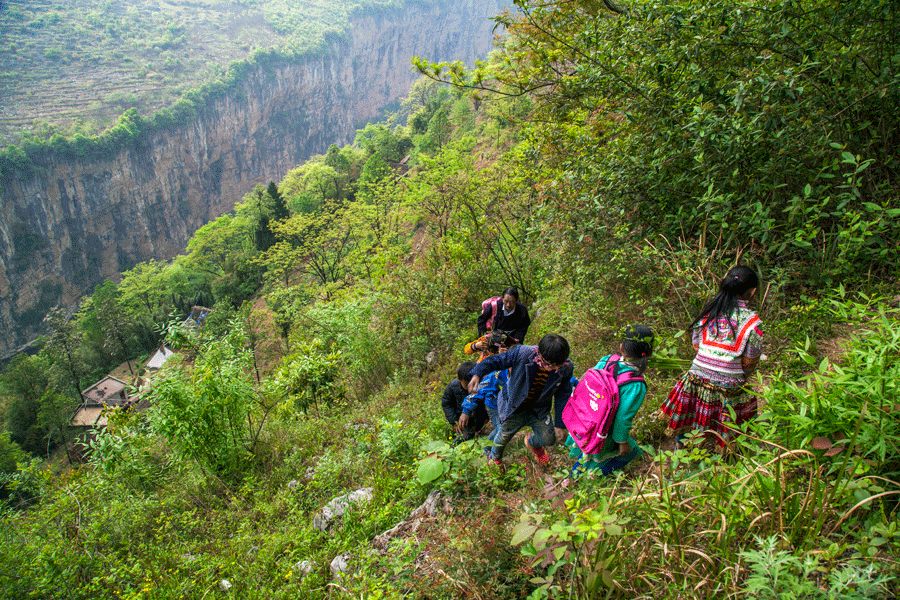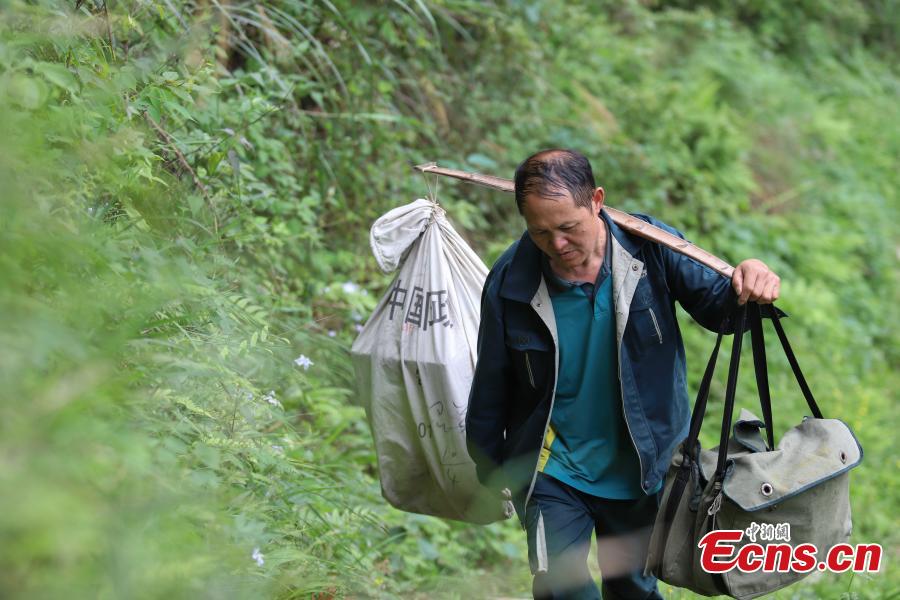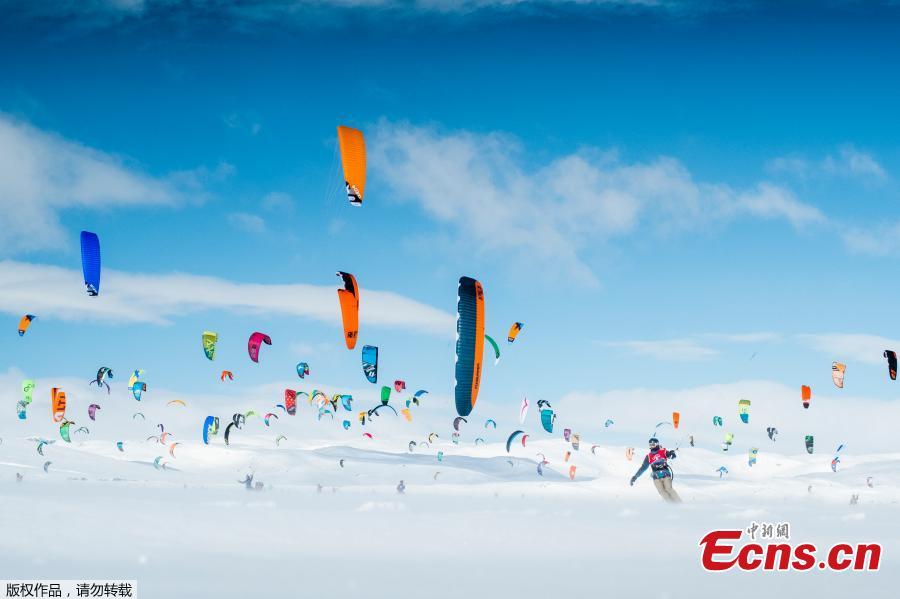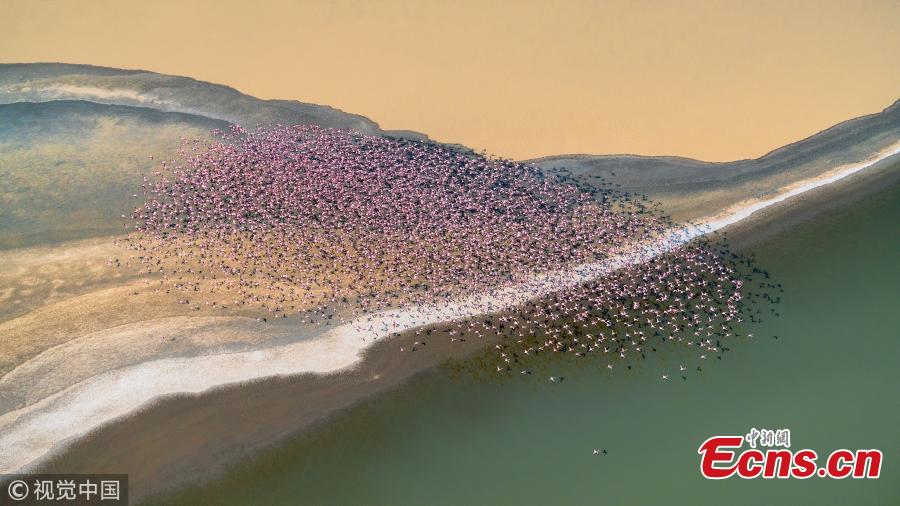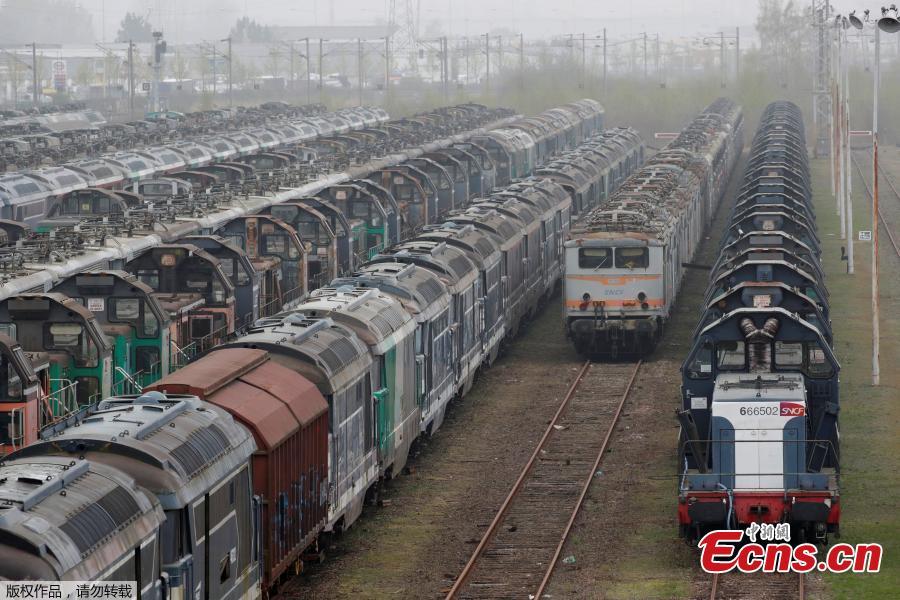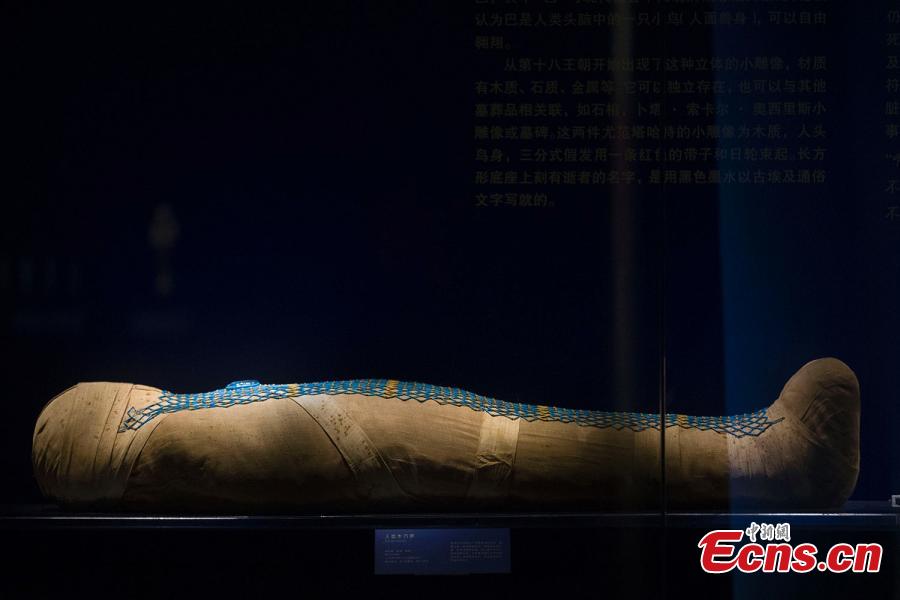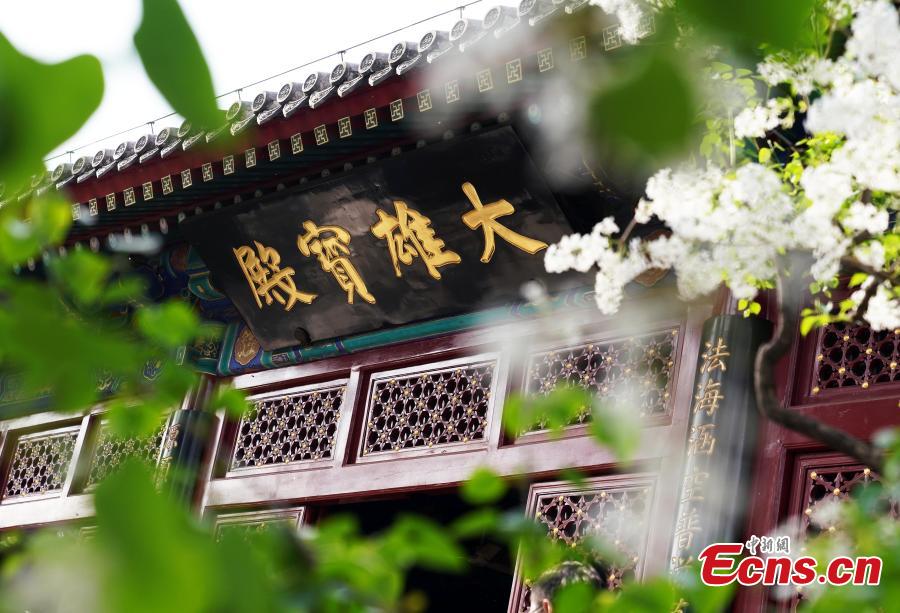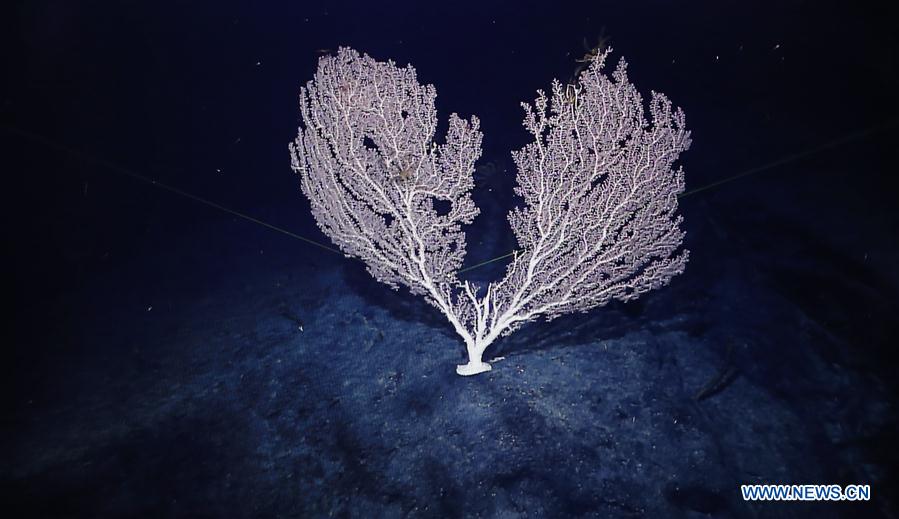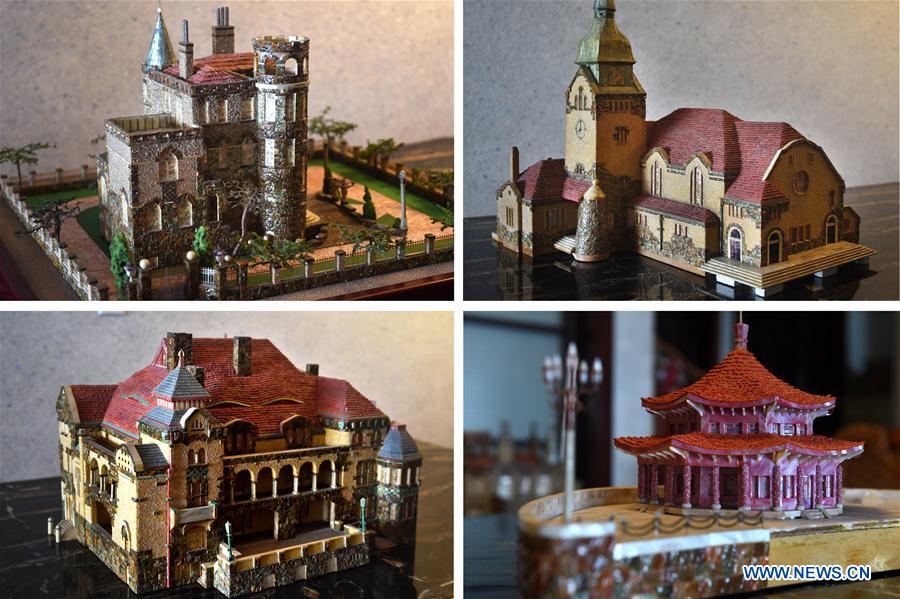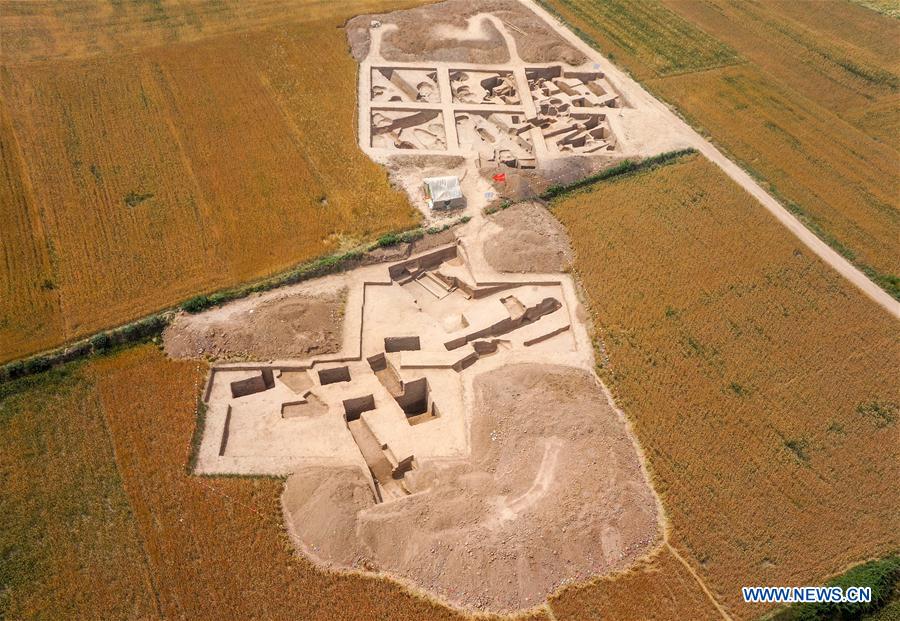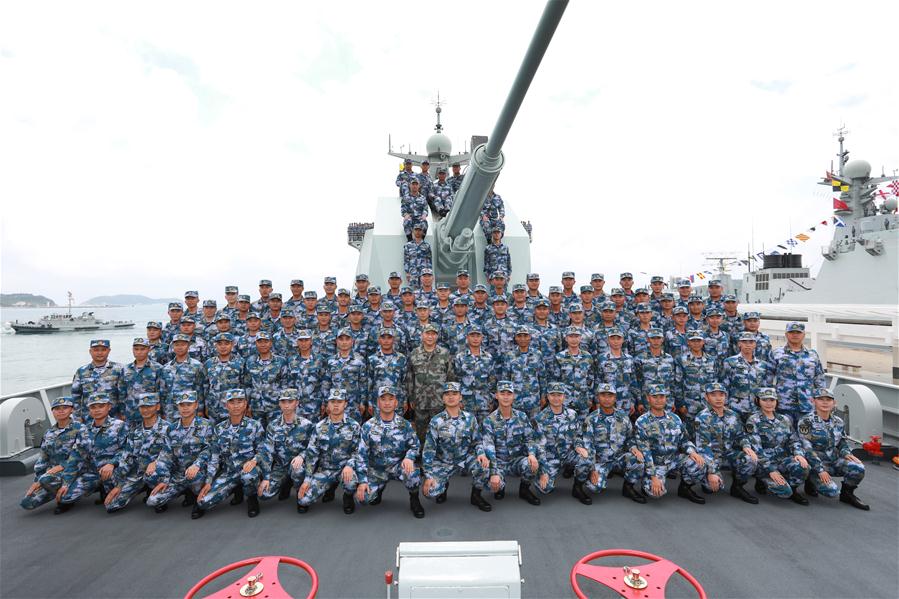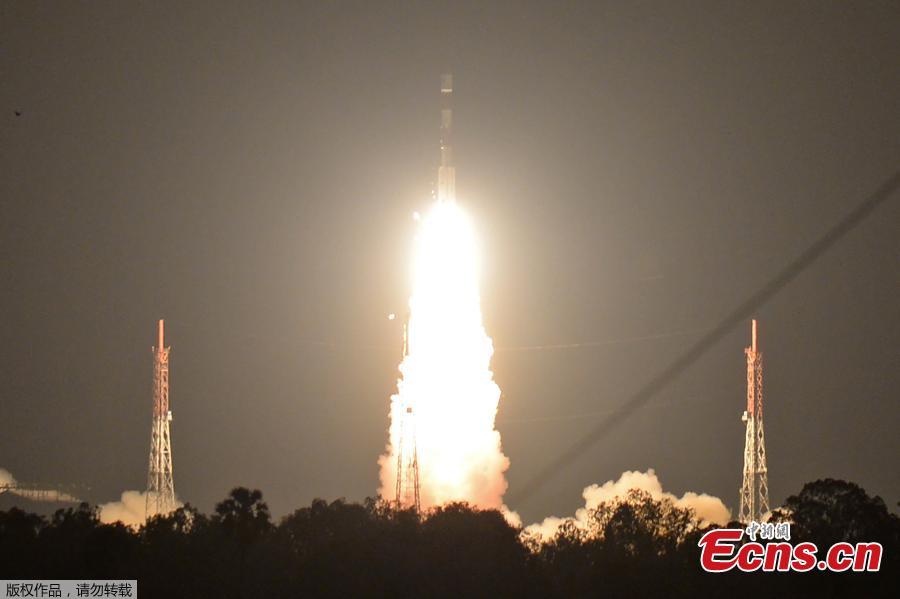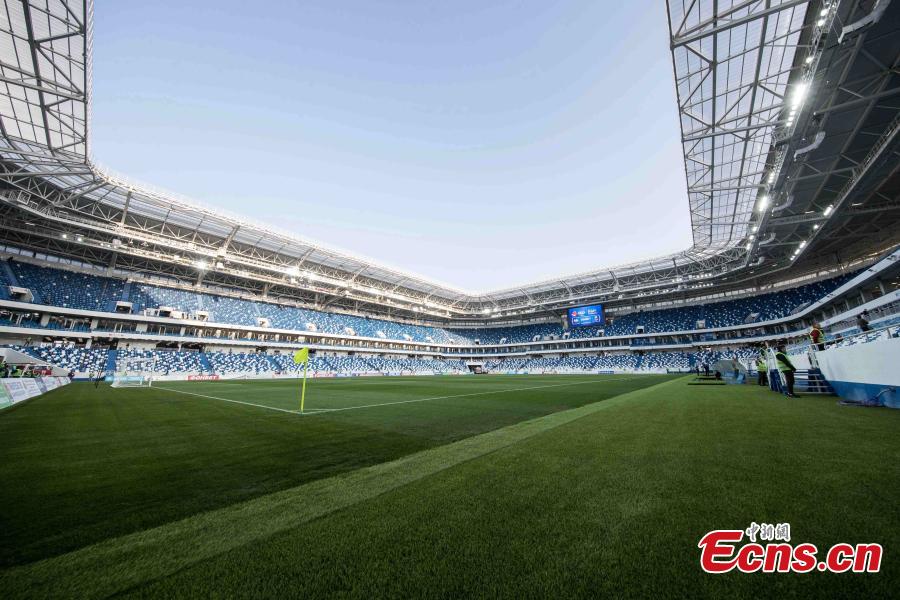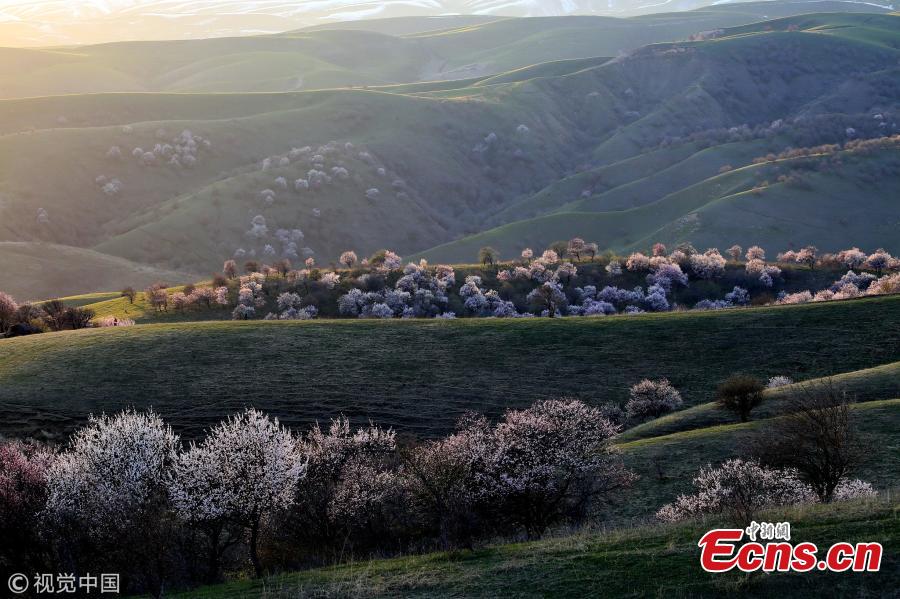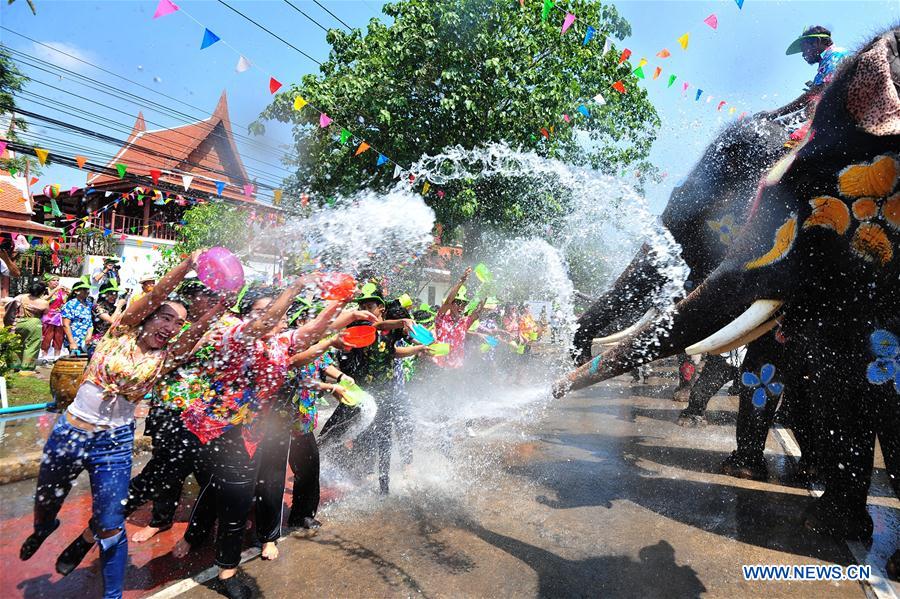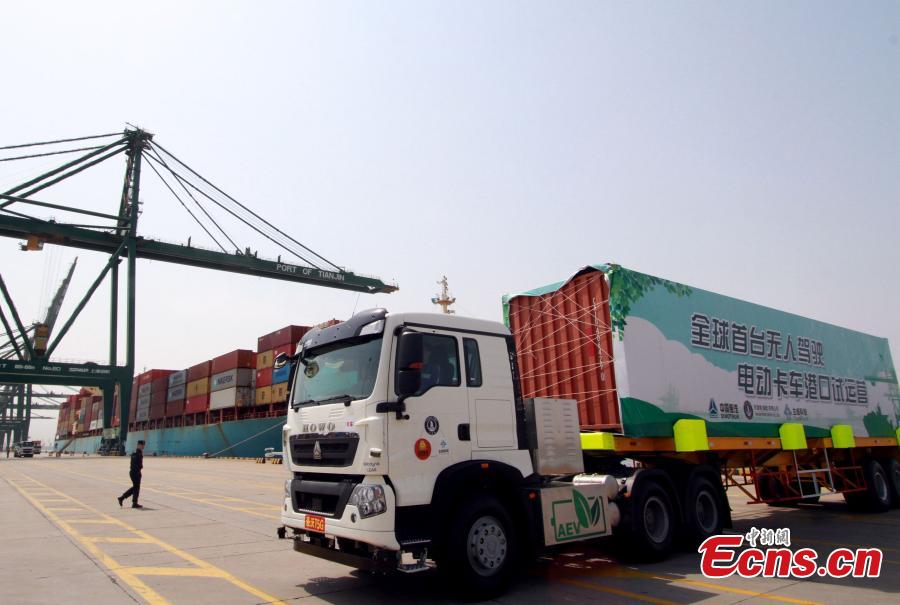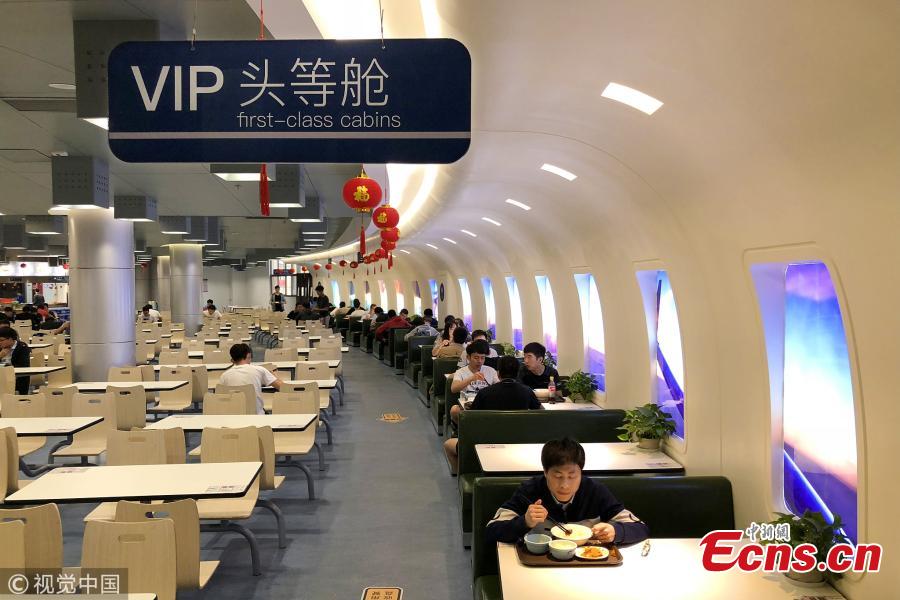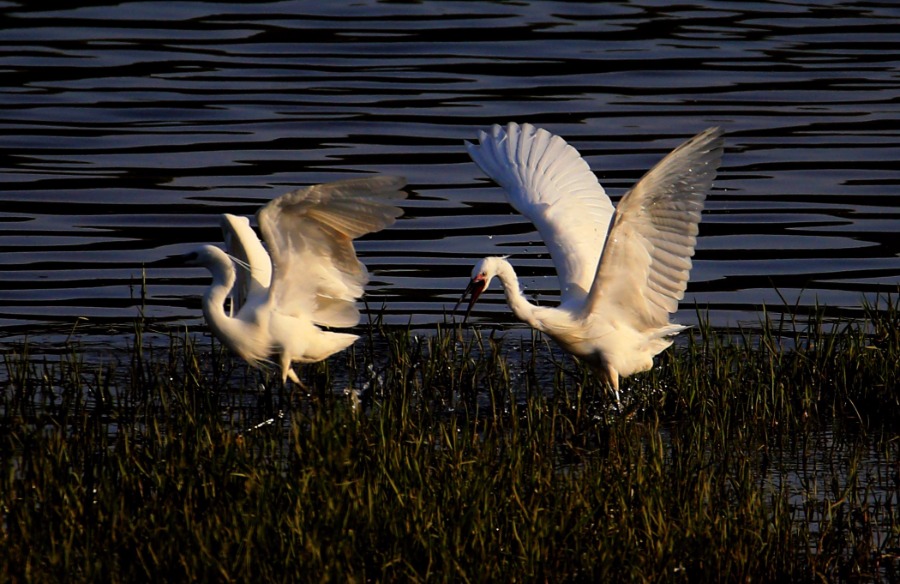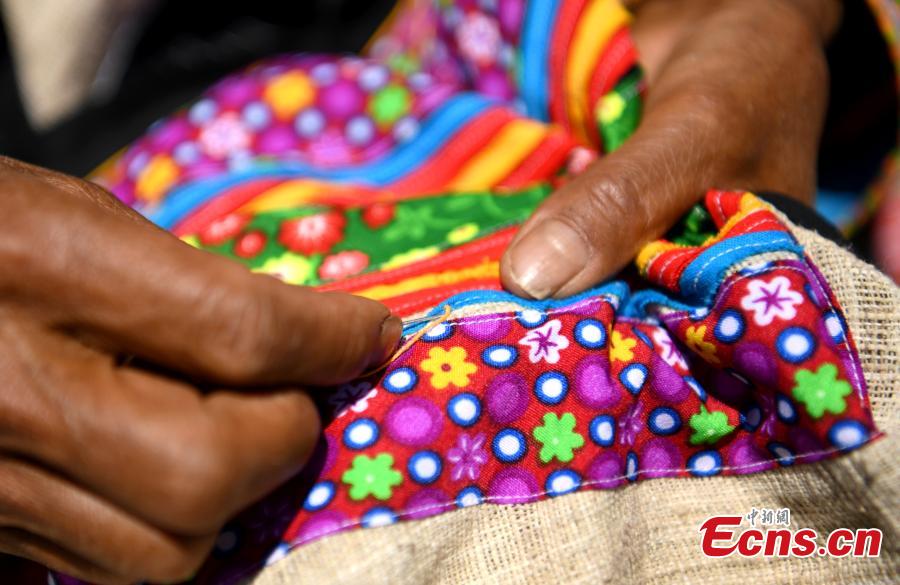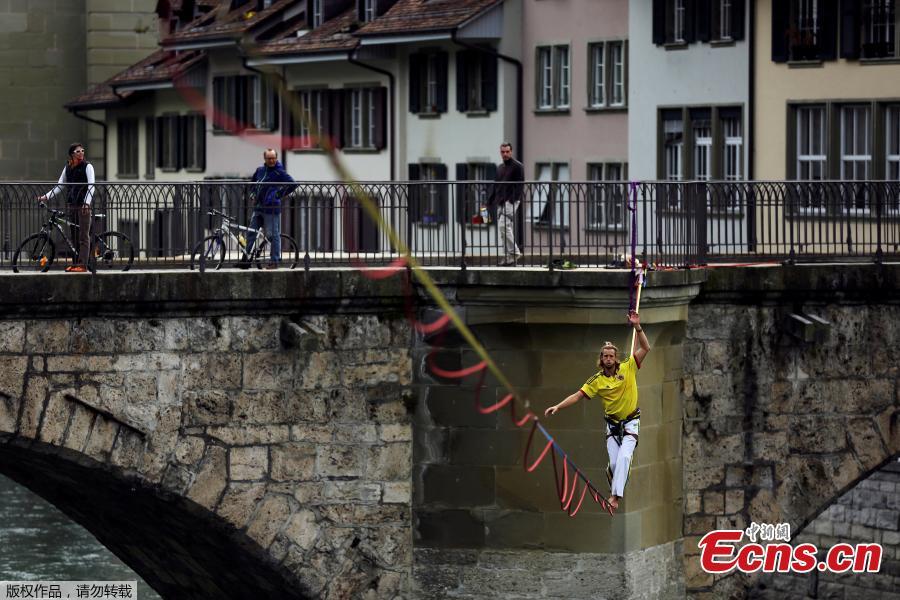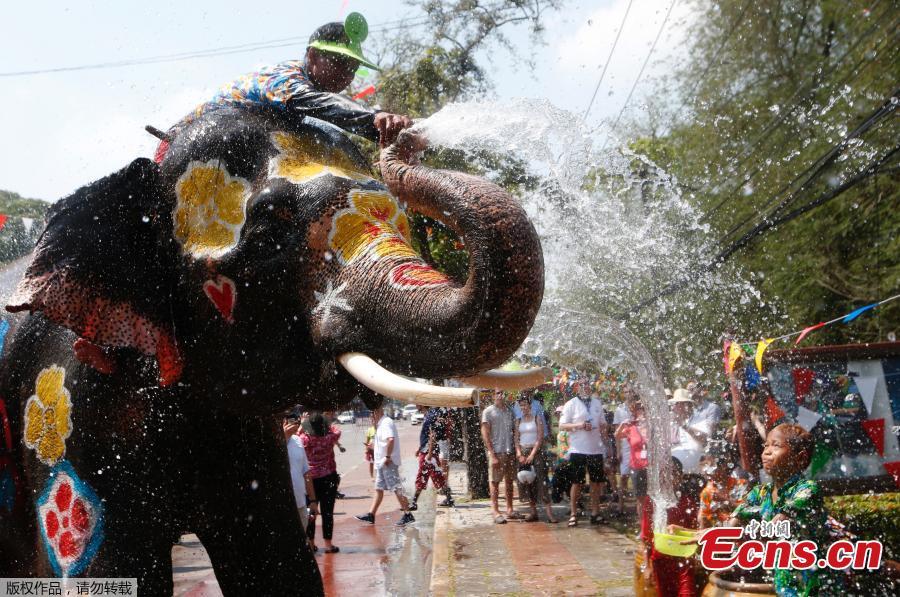More smog may hit the Beijing-Tianjin-Hebei region later this month, the country's top environmental authority said.
It will be difficult for cold air from the north to move southward as it weakens after the middle of the month, making dispersal of pollutants in the region difficult, the Ministry of Ecology and Environment said in a statement on Friday.
The Yangtze River Delta and the Pearl River Delta may also see air pollution during this time period, it said.
In March, the 338 prefecture-level or bigger cities in the country saw more days with heavy pollution. The average concentration of PM2.5 - hazardous particulate matter with a diameter of or less than 2.5 micrometers - in these cities increased by 2.1 percent year-on-year to 48 micrograms per cubic meter, though the concentration in the past three months decreased by 9.7 percent.
Last month, none of the cities in the Beijing-Tianjin-Hebei region made the top 10 in an air quality ranking of 74 cities nationwide, but the 10 cities at the bottom are all from or near the region.
Tangshan and Shijiazhuang in Hebei province had the worst air quality, according to the ministry.
"Last month, the 13 cities in the Beijing-Tianjin-Hebei region saw only about half of days with good air quality or better, and PM2.5 concentration in the region went up by 27 percent to 80 micrograms per cubic meter," it said.
The situation in the capital last month was even worse. Beijing only saw fairly good air quality on 46.7 percent of days, and the average concentration of PM2.5 soared by almost 40 percent to 88 mcg per cubic meter.









